Several steps are necessary for professionals to engage the parties as co-designers of the process, whether it is mediation or collaborative practice or some other process for addressing a conflict. First, professionals need to see themselves in a horizontal relationship with parties rather than in a vertical relationship. Second, professionals need to understand the value of the parties participating, because the parties will be more invested in process and the process will be more responsive to the ways in which parties are more comfortable working together. The result will then be more likely to come from the parties and emerge from the design.
This requires the professionals to respect the primacy of the parties as decision makers. The professionals must be able to support the parties and follow the parties’ instincts about the process that avoids the minefields of the parties’ previous interactions, which the parties understand can stop them in their tracks. The parties are the experts on their dynamics and the content of their problem.

The professionals’ participation is to use their experience and expertise to help the parties think clearly about a path that will lead from a problem to a solution. They can suggest a variety of possible process options the parties can choose from that might work for them. For example, it is often assumed that any outside experts should be neutral. But it could be that where one party has a lot of financial expertise, the process might work better if the expert is called in to help one of the parties rather than being a neutral.
There can also be productive tension between professionals and parties in designing the process that can be worked through if the professionals are willing to both assert their view but at the same time support the parties as the decision makers. The professional must be able to communicate their expertise so that the party appreciates the value of their expertise, particularly with respect to consequences that the professional is aware of but the party might not yet understand.
Finally, it is just as important for the professional not to yield their wisdom to party for the sake of supporting the party as it is for the party not to yield their understanding of themselves or relations because of the professional’s expertise. For example, it could be that a trusted family business accountant could provide the parties with sufficient credibility for both to choose the accountant as the small business evaluator, but it is also critical that the parties understand the pitfalls and dangers of using a professional that might have a future relationship with one of the parties. The professional could feel the pressure to go along with the parties’ desire to use someone they trust. The parties could feel the pressure to go along with a more complicated process by an expert they don’t know. Working through differences such as these is essential for the successful design of a process.
